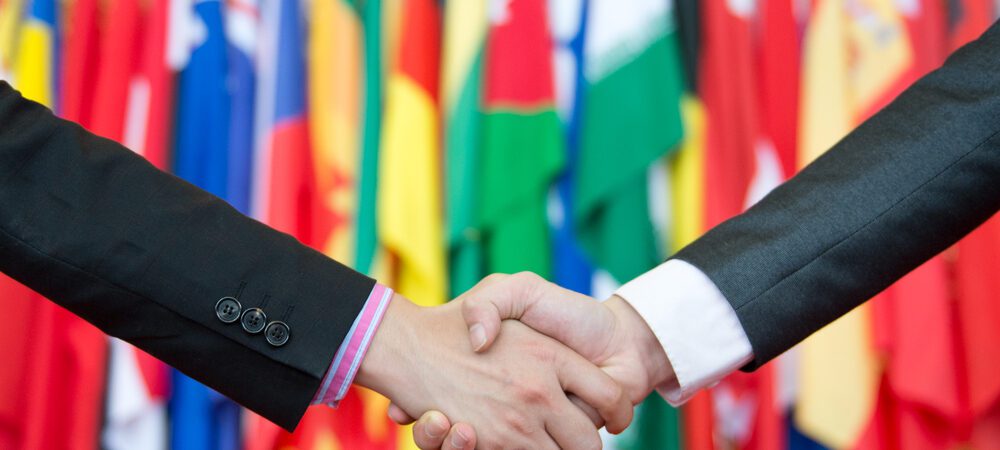As the July 8 deadline for trade talks approaches, U.S. partners are confronted with a slate of tough decisions. Depending on where they come out on these matters, a deal with Washington could be forthcoming, allowing them to avoid the imposition of high reciprocal tariffs. But some of these matters, ranging from timing to concerns about sectoral tariffs and the impact on World Trade Organization rules, could have lasting impacts that are now being carefully weighed in capitals around the world. While progress is being made, these talks are taking much longer and proving a lot harder than the administration of President Donald Trump expected.
An immediate decision facing many partners is whether to continue to press for a deal by July 8, or start laying the groundwork for an extension. For countries like South Korea with a new government the decision is straightforward. But, for others it is not as clear. In recent days, the Trump administration has suggested to varying degrees that the deadline is not ironclad and extensions are possible, particularly for those negotiating in good faith.
By securing an extension, partners would have additional time to find solutions to the remaining thorny issues, more clarity on the scope of sectoral tariffs, insights into what other countries have settled for, and a better sense of where U.S.-China trade relations are headed. Conversely, should they opt to seek a delay, they could risk becoming targets of Trump’s ire, with no guarantee that additional time would make any of this easier. They also could find that their room to maneuver is narrowed, being asked to replicate what others have agreed upon.
A second important decision facing our partners is whether a deal with the U.S. that just addresses reciprocal tariff rates above the baseline 10% level is worth the paper it’s written on. Of particular concern are sectoral tariffs — including those in effect on steel, aluminum, autos and auto parts, as well as prospective ones resulting from the seven ongoing Section 232 national security investigations.
Attempts by partners to seek assurances that would shield them from future sectoral and other tariffs have apparently fallen on deaf ears. After combing through the U.S.-U.K. trade deal, some countries have narrowed their requests to those sectors that really matter for them. Japan, for example, has been quite vocal on its need for relief from the automotive tariffs in any deal, a request that is stalling progress. Countries with high reciprocal tariff rates, like Vietnam, may be less focused on future sectoral tariffs, but nevertheless need to carefully consider the impacts that they may have on trade and investment flows.
Negotiating partners are being forced to do some soul searching on the value they attach to the World Trade Organization and other agreements that they have concluded with the U.S. By agreeing to a deal that enshrines a 10% baseline tariff (or higher), the country would be buying into the legitimacy of a WTO-illegal tariff, which goes against MFN (most favored nation), a core principle of the rules-based trading system. It would further undermine the value of our free trade agreements, perhaps ultimately leading countries like South Korea and Australia to reassess their continued participation.
A fourth key decision point will be how far our friends are willing to go in response to U.S. requests aimed at addressing the challenges that China brings to the international trading environment. It’s one thing to strengthen transshipment monitoring and enforcement initiatives. But, to the extent that the U.S. is pushing for limited Chinese content and/or investment in products manufactured within its borders and shipped overseas, countries with close economic ties to China may think twice before moving forward. Adding to their anxieties are recent warnings by Beijing that it will enact “countermeasures” if provisions are included that run against its interests. Partners will need to carefully think through the most effective way to navigate between these competing forces and make sure that they are not left holding the bag should Trump decide to pursue a “big deal” with China.
Finally, our partners will need to determine whether they will garner sufficient domestic support for any deal they reach with Washington. They will be under serious pressure to show constituents that they have steadfastly promoted and defended national interests. Typically, this is achieved by pointing to concessions provided by the negotiating partner. But, in the Trump trade world nothing is typical. In fact, beyond offering to reduce reciprocal tariffs to the so-called baseline rate, Washington appears to be offering little in return, setting up many of our partners for a tough sell at home.
Partners will also need to carefully assess whether any aspects of the deal would not only undermine their support but actually spark domestic opposition. U.S. requests to South Korea on beef, Japan on rice, and India on dairy all could involve potential risks should our partners feel that they have no choice but to at least partially respond.
As these trade talks go down to the wire, our trading partners have a series of consequential decisions to make, none of them easy. Through these agreements, the administration is essentially asking them to buy into the new U.S. approach on trade, including reducing bilateral trade deficits, boosting tariffs and endorsing Washington’s views on unfairness. We should have a clearer picture in the coming days and weeks where each of our partners landed on these important matters.
To read the full article as published by Nikkei Asia, click here.


